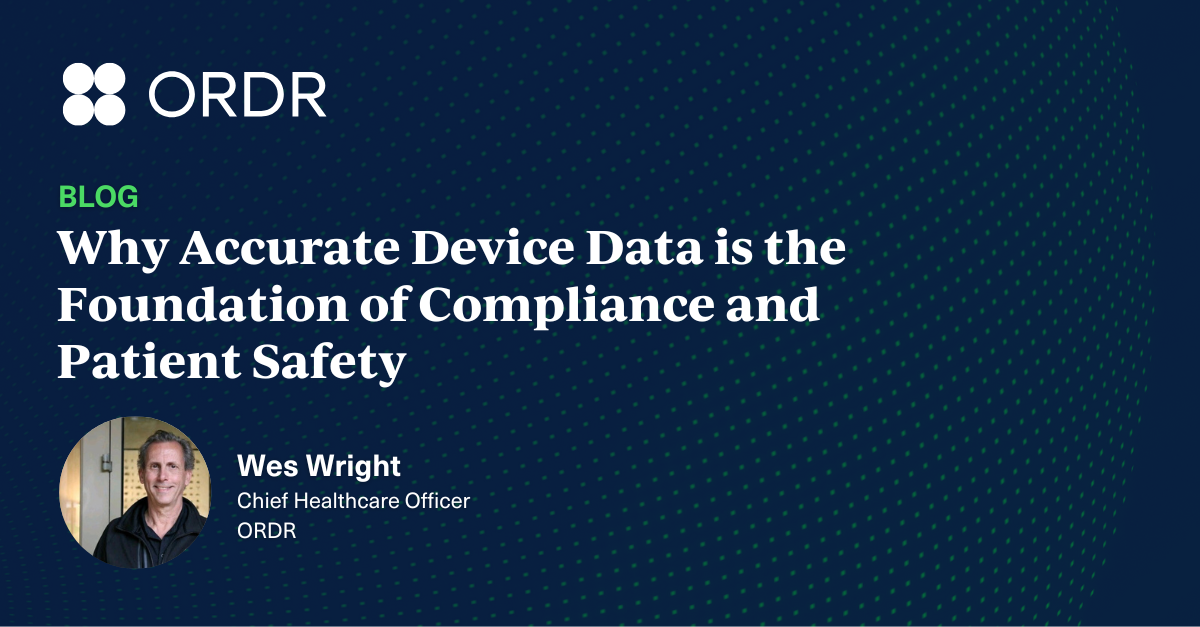The health sector has been undergoing a profound digital transformation in recent years. New digital technologies have allowed for important improvements in all the processes of the sector, from medical follow-ups and preventive care to improved diagnosis and patient services. The sector has also seen major improvements to its connected network, administrative and financial systems. The day-to-day life of hospitals is increasingly punctuated by digital technology and more devices are becoming smart and connected. Consider the MRI scanner, insulin pumps or other important assets that are all digitally interconnected. These devices can communicate information on their operating status, provide detailed information on patients and in some devices can even be operated remotely.
Digital transformation affects all sectors, all organizations, both public and private. Healthcare facilities are no exception, especially in terms of cyber security. This transformation of connectivity in hospitals has unfortunately been accompanied by a sharp increase in threats and risks on all the processes involved. Hackers often favor health care institutions because they know that their security investments are not necessarily prioritized and remain lower than for other industries. With hacks at hospitals, the sector can be impacted as a whole as patient confidence decreases and regulatory fines increase. We focus on vulnerabilities in this article, what it is, and how the medical industry should think about risk and some potential ways to isolate, measure and reduce vulnerabilities.
In hospitals, connected objects are everywhere while confidential patient data is becoming digitized across the board. While the rapid development of digitization and connectivity provides for improved efficiency and quality of care, the industry is now wrestling with the increase in threats and the potential risk of information breaches at these hospitals. Sensitive patient information is what cyber attackers are often after. Just recently in October, the FBI issued a warning that ransomware attacks are becoming “more targeted, sophisticated and costly, even as the overall frequency of attacks remains consistent.”
Framing Vulnerabilities at Hospitals
A vulnerability is essentially a fault or a weakness in an environment that can make the collective system unstable. This amounts to leaving, for example, a house unlocked, a door left open, a checklist incomplete. As a result, this “door” can potentially be used by hackers to access the system.
We often find vulnerabilities on computers but the weakness of vulnerabilities can be increasingly found in many other connected devices. In essence, anything that is “coded” can potentially contain vulnerabilities: including firmware, hypervisors, operating systems, libraries, and software. Vulnerabilities may also appear in the way a network or system has been configured. Once a vulnerability exists, a hacker can exploit this weakness for malicious purposes, causing damage to an organization. Every organization today faces attacks from multiple vectors and overall protection and risk management include thoroughly understanding a system’s vulnerabilities.
At hospitals, medical devices themselves can often be the source of vulnerabilities. A study of 24 hospitals in nine countries (EMEA) found that more than half of the hospitals surveyed used standard passwords (ie default settings) to secure their valuable assets. Data is what is often the target for hackers at hospitals and it’s a constant battle to close opened doors and to risk manage vulnerabilities.
What are hackers after? Patient data can be quite valuable and a medical record can sell for $20 to $300 on the darknet, fetching multiples more than credit card data. Hackers also want to create harm and demand ransom in return. Some hospitals have seen had their patient schedule pirated. Scammers in one instance contacted patients to tell them that their consultation was canceled and showed them a different contact number to reschedule an appointment. It can get worse. In 2016, 114,000 patients by a pharmaceutical company were contacted following the detection of a cyber security breach on an insulin pump model. The control box had a vulnerability that, if it had been exploited, could have allowed the patient to inject a potentially lethal dose of insulin.
Vigilance is Needed
Hospitals have to deal with many security issues and if anything the the number of incidents seem to be on the rise. This is happening while devices being connected to the hospital network is growing at +20% per year.
- Theft of scanned records containing medical history, test results, and ongoing treatments.
- Misuse of social security and financial data of patients.
- Partial or total interruption of access to databases.
- Partial or total destruction of the information contained in the databases.
Not Easy for Hospitals
It can be particularly difficult for hospitals to close the door on vulnerabilities. Oftentimes, hospitals are working under regulatory constraints, too many disparate systems and limited overall security and network visibility. Hospitals also have to deal with the lack of resources, training, multiple remote site, and branches. While the headquarters and data centers can be fortified, hackers are all too aware that a remote, unprotected connected site can be an easy on-ramp to the overall healthcare system, exposing yet another key vulnerability.
Cyber Risks and the Consequences Doth Direct and Indirect
Cyber criminals are ingenious and use many methods: phishing, hacking passwords, to get into hospital networks to reach sensitive and profitable data held by hospitals and major healthcare systems. Our next article dives deeper into specific methods of how the bad guys can get in a hospital system. What is alarming is that often times, the bad buys are already in, patiently waiting to exploit vulnerabilities.
Lost Time and Asset Utilization
The goal of hackers is to slow down or paralyze the health facility’s activities until ransom payment and these cyber-extortions can provide considerable financial gains. Think not just of WannaCry but even PetyaWrap which caused Princeton Community Hospital to stop functioning. Doctors were unable to review patients’ medical history or transmit laboratory and pharmacy orders. Unable to restore services and unable to pay a ransom, Princeton Hospital resorted to using paper records. And with little choice left the hospital subsequently scrapped and rebuilt its entire network.
Cyber criminals benefit from the fact that medical equipment such as MRI, X-ray machines, scanners and other diagnostic equipment do not always benefit from optimal security, even though they are almost always connected and used often. This oversight can create security loopholes and encourages intrusions into the systems. Taking a system offline can be a big issue as oftentimes hospitals lease expensive equipment to maximize their usage.
Hidden in the Dark
Highly targeted and sophisticated, the focused on hospitals are often the result of structured groups. These attackers are patient, often lurking undetected waiting to exploit a vulnerability. The goal of the attacker is to discreetly maintain access for as long as possible in order to capture strategic information in a timely manner. In some instances it can be years before an attacker surfaces.
Thinking about Proactive Protection
Businesses need cost-effective, easy-to-deploy solutions that can continually show them who and what is connected to all parts of their networks. The other critical element to consider is the ability to identify any vulnerabilities and apply remedial action proactively. Ideally, the security system will be able to regulate flow and behavior by device type, group, location, function, application, the control is yours.
Many products today will ring the alarm that something is wrong, adding to a whole list of alarms that go off in a day at a hospital. A few will take the next necessary step forward providing automated remediation and loop learning. What we recommend is a system that can quickly provide holistic visibility and the ability to detect exposed vulnerabilities and delivers intricate risk scores for priority attention and mitigation.
Increasingly threats will become sophisticated and automated smart enough to find the key vulnerabilities in a network. Remediation should likewise follow suit and will need to be more sophisticated and automated while leveraging machine learning and AI. The goal of this intelligent system is to deal proactively with any type of vulnerability and limit the damage before it occurs, protecting the hospital’s important business critical assets and closing the door on cyber vulnerabilities.

Interested in
Learning More?
Subscribe today to stay informed and get
regular updates from ORDR Cloud



